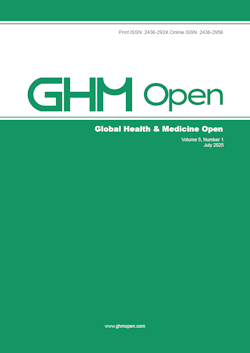Survey of motor function and activities of daily living in hemophilia patients with HIV
Kikuchi K, Komachi T, Honma Y, Endo T, Watabe K, Yokomaku Y, Hashiba C, Yamamoto M, Nagayo Y, Ito T, Imamura J, Suzuki T, Fujitani J
This study aimed to clarify the current status of motor function, activities of daily living (ADL), and instrumental ADL (IADL) in hemophilia patients with HIV infection due to treatment with non-heat-treated blood products as they now enter middle and old age. Participants were 70 such patients (mean age, 52.1 years), and their range of motion (ROM), muscle strength, extremity circumference, walking speed, ADL, and IADL were evaluated at checkups of motor function, ADL, and IADL that were held during patients' association meetings. Results showed that ROM was limited in all joints. Ankle dorsiflexion, hip abduction, and shoulder abduction were particularly restricted. Decreased muscle strength was most frequent in ankle plantarflexion, followed by hip extension. The proportion of patients with walking speed and grip strength below reference values increased with age. Walking speed was 73.9-110.9% of reference values. Factors affecting walking speed were knee flexion, ankle dorsiflexion, and hip extension muscle strength. Grip strength was 58.0-83.5% of reference values. Thigh girth most greatly differed between the patients and healthy individuals. Among the ADL items, "standing up from the floor" was reported as "difficult"/"cannot do" by 45.7% of the patients. The most common IADL problem was "putting away futons", which 17.2% responded was "difficult"/"cannot do". Parents were the most common helpers with household tasks (12.9%). "Decreased muscle strength/limited ROM" was the most frequently reported troublesome problem (35.7%). These results reveal the current status of motor function, ADL, and IADL limitations in hemophilia patients with HIV.







